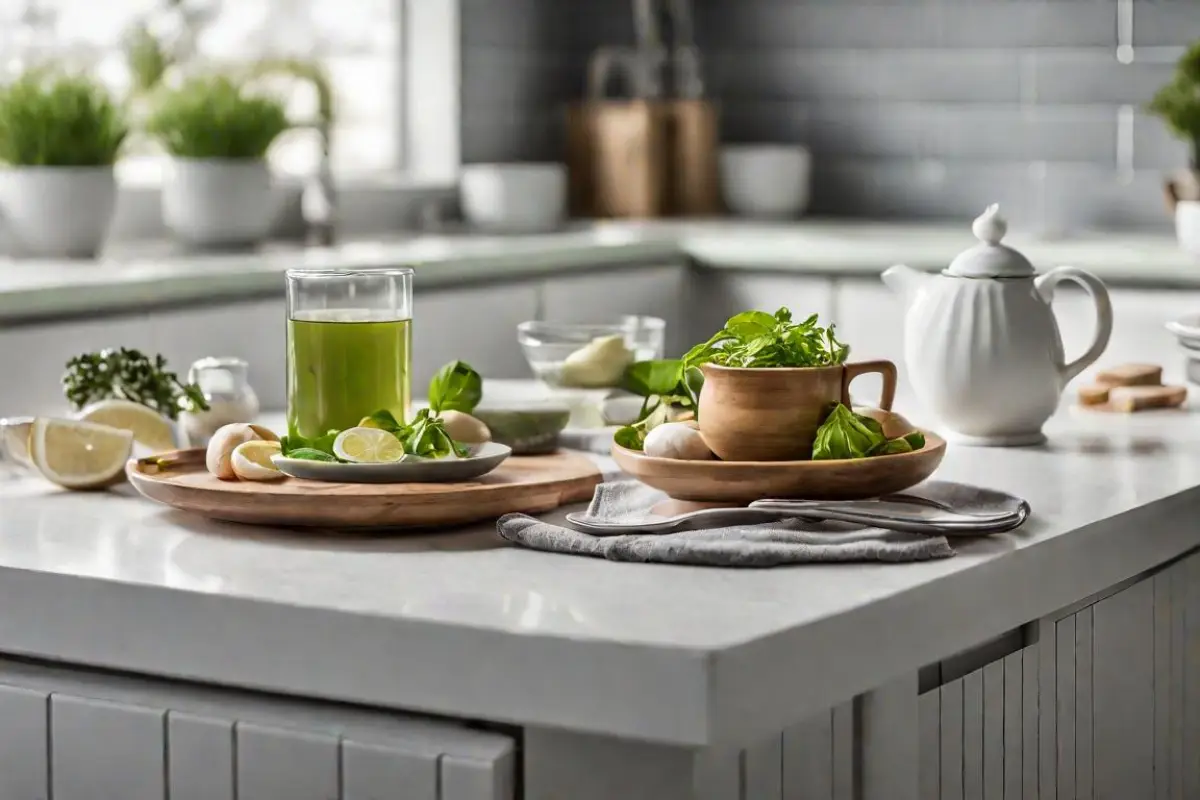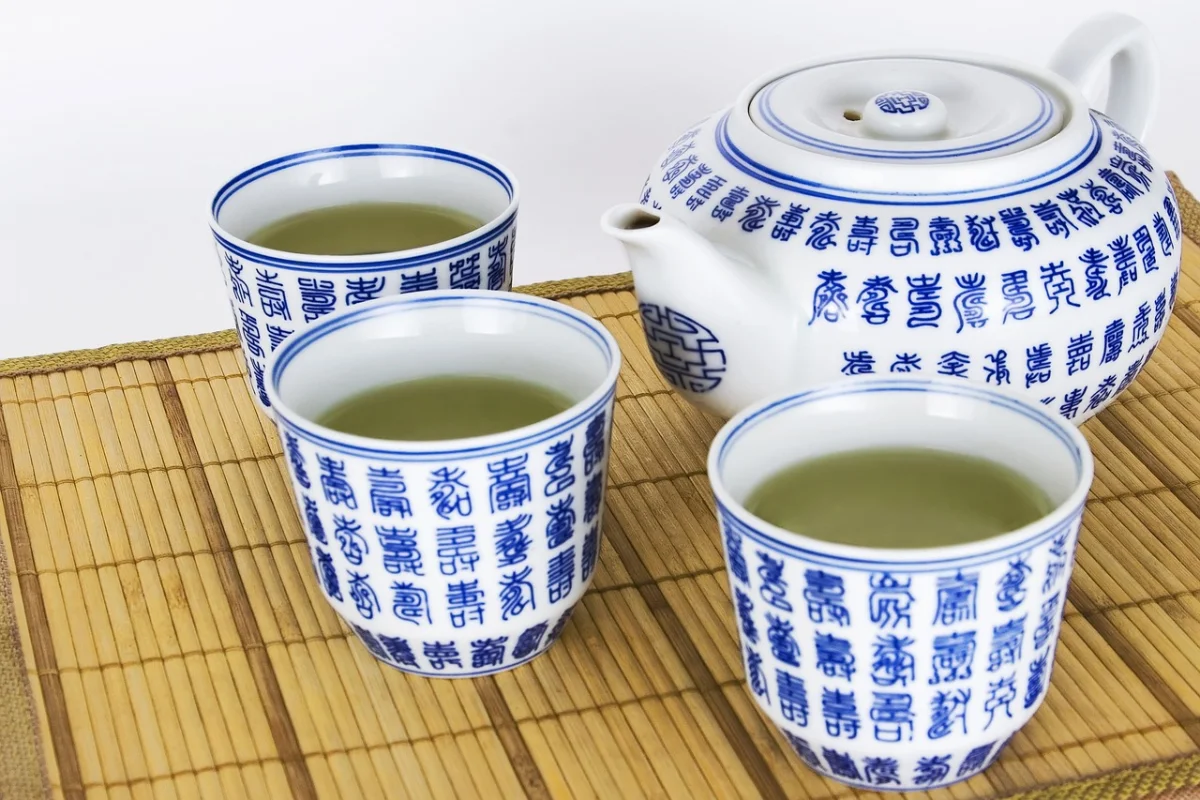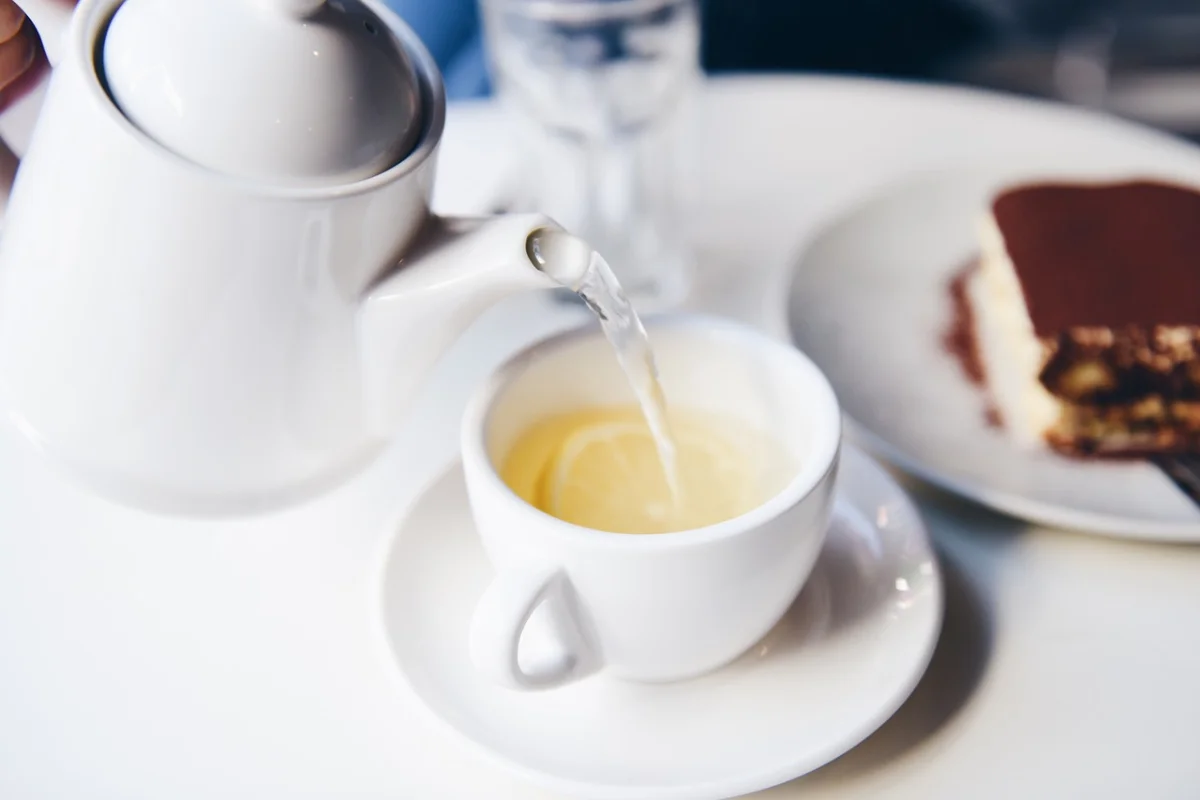Are you intrigued by the world of tea shots and eager to understand the nuances between different varieties? You’re in the right place! In this comprehensive guide, we will delve into the fascinating differences between green tea shots and white tea shots. These two beverages have been stirring up interest among tea lovers and health enthusiasts alike. Whether you are a seasoned tea enthusiast or just starting to explore the vast universe of teas, this article offers insightful information and perhaps even inspires you to try something new. So, let’s embark on this flavorful journey to uncover what sets these two tea shots apart, their unique characteristics, and why they might just become your next favorite drink!
Tea Varieties: A Cultural Tapestry
Tea, dating back over 5,000 years in China, has become integral to various cultures worldwide. It’s central to rituals like Japan’s tea ceremonies and England’s afternoon tea. Both green and white teas, derived from the Camellia sinensis plant, offer a spectrum of flavors and health benefits. Our exploration into green and white tea shots not only reveals their unique tastes and brewing techniques but also connects us with a history steeped through the ages. Learn more in our article, “White Tea Defined: What Truly Makes It Unique?”
What are Tea Shots?
In the dynamic world of culinary trends, tea shots stand out as a new and exciting innovation, perfect for the modern, fast-paced lifestyle. These concentrated forms of tea blend potent flavors and ingredients for a swift, flavorful experience. For those who have developed a taste for these innovative beverages and are looking for more in-depth information, our White Tea Shot Guide provides a comprehensive look into white tea shots, from crafting the perfect blend to understanding their health benefits and how best to enjoy them. This guide is a must-read for enthusiasts looking to refine their palate and incorporate the elegance of white tea shots into their beverage repertoire.
Delving into Green Tea Shots
Green tea, renowned for its vibrant color and myriad health benefits, originates from various parts of Asia, most notably China and Japan. Producers process the leaves shortly after harvesting to prevent oxidation, thereby retaining their green color and antioxidant properties. Green tea shots encapsulate this freshness and vitality in a concentrated form. They are typically made by steeping high-quality green tea leaves and combining them with ingredients like honey, lemon, or herbs, creating a beverage that is both energizing and flavorful. The taste of a green tea shot can range from grassy and fresh to sweet and tangy, depending on the preparation and added components.
Exploring White Tea Shots
White tea, one of the most delicate and least processed varieties, boasts a refined flavor profile. Harvested in China’s Fujian province, the young buds are picked and allowed to wither naturally, producing a light, pale brew with a sweet undertone. White tea shots embrace this essence, often enriched with mild sweeteners or citrus hints to amplify its intrinsic qualities, resulting in a smooth beverage. This subtlety offers a milder alternative to the robustness of green tea shots, attracting those who favor a softer taste. For those interested in the diverse benefits of tea, including green tea, you might find the comprehensive information at mind bodygreen on the benefits of green tea enlightening.
Comparative Analysis: Ingredients, Preparation, and Taste
When it comes to distinguishing between green tea shots and white tea shots, the key factors lie in their ingredients, preparation methods, and flavor profiles.
Green Tea Shots mix brewed green tea with ginger, honey, or citrus to boost flavor. Brewed at lower temperatures to prevent bitterness, they offer a refreshing taste that balances the tea’s earthiness with sweet and zesty notes.
White Tea Shots, on the other hand, are usually more subtle and simple in their composition. The preparation involves gently steeping white tea leaves to extract their delicate flavors. Sweeteners, if used, are added sparingly to maintain the tea’s light and sweet profile. The final taste is a soft, slightly sweet, and often floral note, providing a soothing and elegant drinking experience.
This contrast in taste and composition highlights the unique characteristics of each tea shot, catering to different preferences and occasions.
Tea Shots in Culinary Creations
The versatility of tea shots notably extends beyond the cup into the realm of culinary arts. Particularly, with their vibrant flavor, green tea shots can admirably serve as a base for innovative cocktails and marinades. Furthermore, they can even add a unique twist to traditional recipes in baking. Their robust flavor harmoniously complements a variety of ingredients, thereby making them a popular choice in experimental and fusion cuisines.
Conversely, white tea shots, with their delicate flavor, suit perfectly for more subtle culinary applications. For instance, they can subtly enhance the taste of light desserts without overwhelming it. Similarly, they add a nuanced flavor to delicate sauces, gently making their presence felt. Infusing white tea shots into cocktails adds a gentle tea essence. This ensures a balanced flavor without overpowering other ingredients. Therefore, their subtle nature is ideal for enhancing dishes. They contribute to a well-rounded flavor profile without dominating it.
Market Trends and Consumer Insights
The popularity of tea shots is a reflection of the growing global interest in health and wellness, coupled with a desire for innovative beverage options. Consumers are increasingly seeking out drinks that offer health benefits, unique flavors, and new experiences. Green tea shots, known for their antioxidant properties, have become a favorite among health-conscious consumers. Similarly, white tea shots are gaining popularity for their low caffeine content and potential health benefits.
Social media and consumer reviews show a growing fascination with these tea varieties. This trend is especially strong among younger people, who enjoy new and exotic flavors. Specialty cafes and tea houses also contribute to this trend. They offer a wide range of tea-based beverages, including tea shots, which further fuel interest.
FAQs Section
What’s the difference between green tea and white tea?
Green tea undergoes minimal oxidation during processing, giving it a more robust, earthy flavor and a higher caffeine content compared to white tea. Known for its light, delicate flavor profile, and lower caffeine content, white tea undergoes the least processing of all teas. Both teas are rich in antioxidants, but the specific types and concentrations vary due to their different processing methods.
What is a White Tea Shot made of?
A white tea shot primarily consists of steeped white tea leaves, which can be enhanced with mild sweeteners like honey or sugar and may sometimes include a touch of citrus or floral notes to complement the natural sweetness and delicacy of the tea. For a deep dive into the composition of a white tea shot, including its health benefits and how to craft one with the perfect blend of ingredients, be sure to check out our detailed post, What is a White Tea Shot Made Of? Ingredients, Benefits, and Recipes.
In our exploration, we’ve journeyed through the historical roots of green and white tea shots. We delved into their unique flavors and health benefits. We also discovered their versatile uses in the culinary world. Green tea shots are bold and invigorating, contrasting beautifully with the gentle nature of white tea shots. This guide highlights their differences and their shared ability to bring joy and wellness. Whether you prefer green tea’s robustness or white tea’s subtlety, its charm and appeal are undeniable. So, for a quick, flavorful pick-me-up, consider a tea shot. Savor the rich tapestry of flavors it offers.
READ ALSO: What makes cotton candy fluffy?




